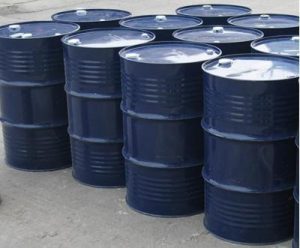Epoxy curing agent
Overview:
Product name: Lupragen DMI polyurethane gel catalyst
Alias: Lupragen DMI, gel catalyst Lupragen DMI, epoxy resin curing agent Lupragen DMI, polyurethane rigid foam Lupragen DMI
Product description: Lupragen DMI is used in polyurethane rigid foams and microporous elastomers, and is a gel catalyst.

Lupragen DMI polyurethane gel catalyst Polyurethane gel catalyst Epoxy curing agent Polyurethane rigid foam
Physical and chemical properties
The appearance of Lupragen DMI is pale yellow crystal or white prismatic crystal.
Melting point: 39-41℃
Boiling point: 93~94℃
Applications
Lupragen DMI is used in polyurethane rigid foams and microcellular elastomers, and is a gel catalyst.
Lupragen DMI is used as an epoxy resin curing agent and can be widely used in epoxy resin bonding, coating, casting, encapsulation, impregnation and composite materials.
Shelf life:
Keep it unopened for two years
Storage and transportation:
Should be sealed and stored in a dry, cool and ventilated warehouse
package:
200KG/barrel Storage: It is recommended to store in a dry and cool area with proper ventilation. After the original packaging, please fasten the packaging cover as soon as possible to prevent the product performance from being mixed with other substances such as water resistance. Store in a cool, dry place, keep the container tightly closed, and avoid contact with oxides. Do not inhale dust and avoid contact with skin and mucous membranes. Smoking, eating and drinking are prohibited in the workplace. After work, take a shower and change clothes. Store contaminated clothes separately and use them after washing. Maintain good hygiene habits. The company recommends that all polyurethane catalysts be stored in a dry and cool place with proper ventilation. All storage containers must be well sealed to avoid contact with water or other influential substances, as this may change the performance of the product in use. The storage temperature is 10°C to 30°C. Lower or higher temperatures are inappropriate and should be avoided as much as possible.


